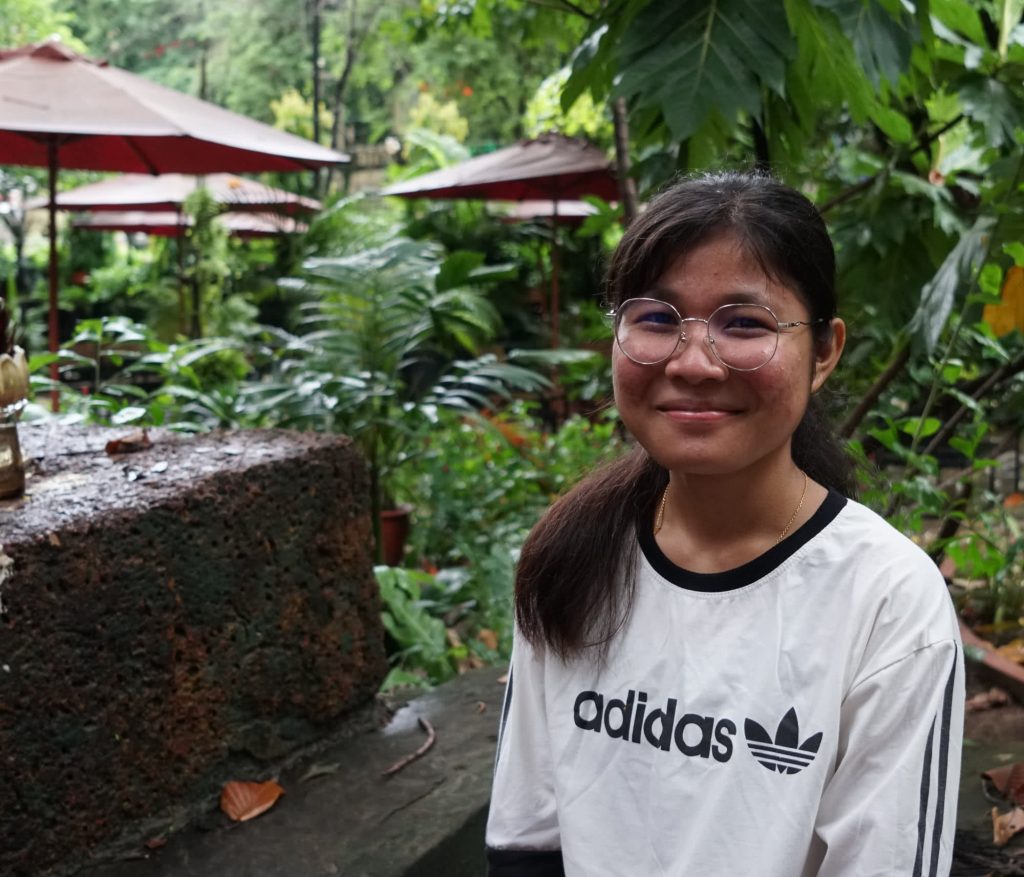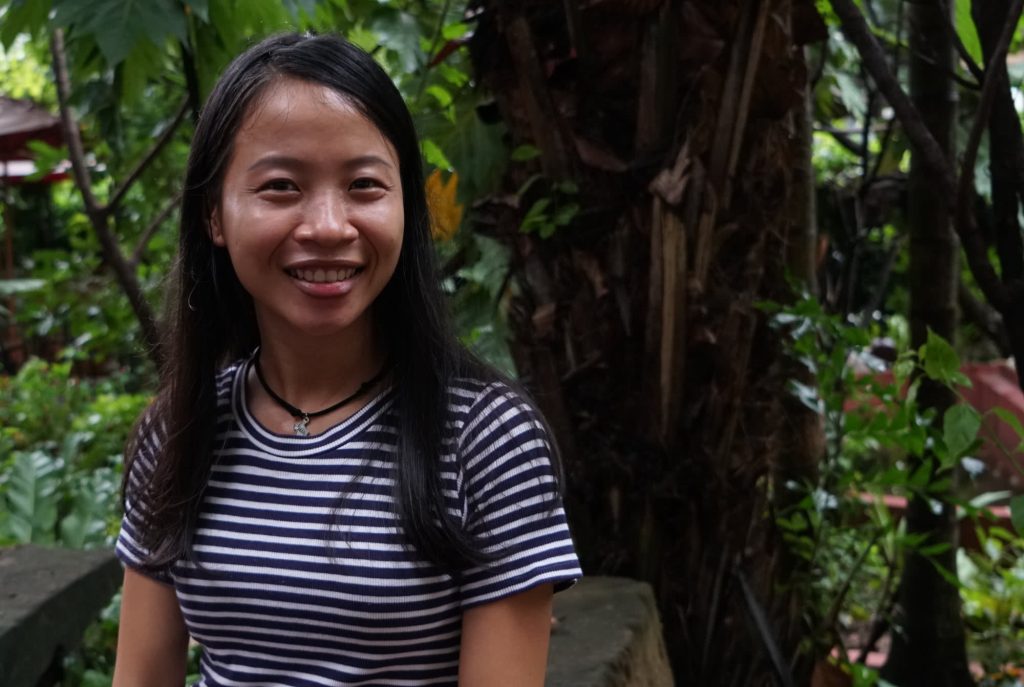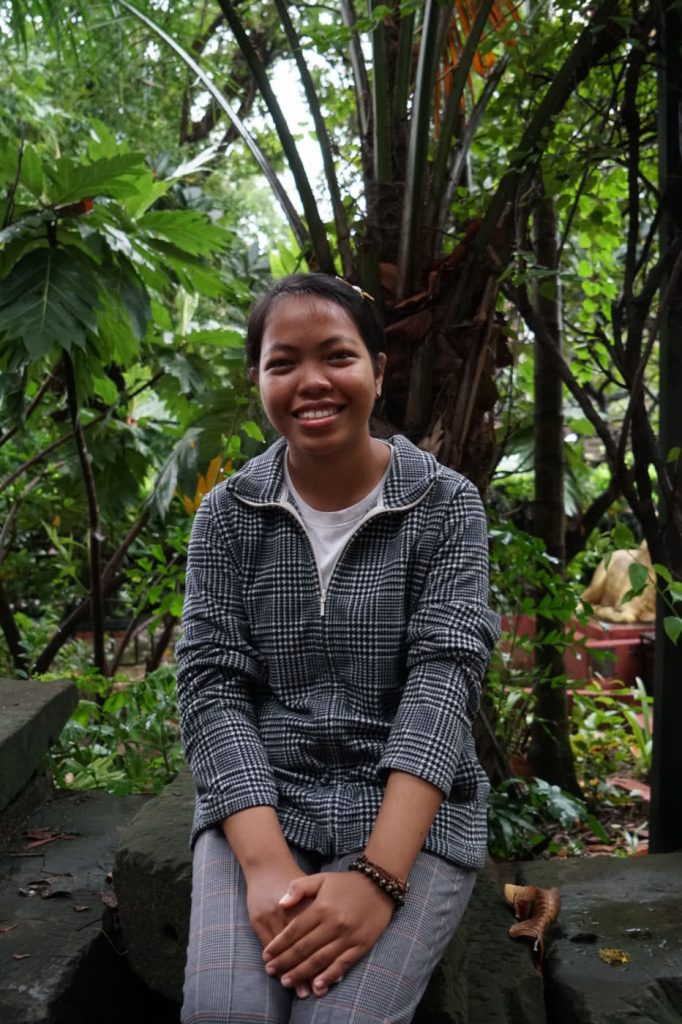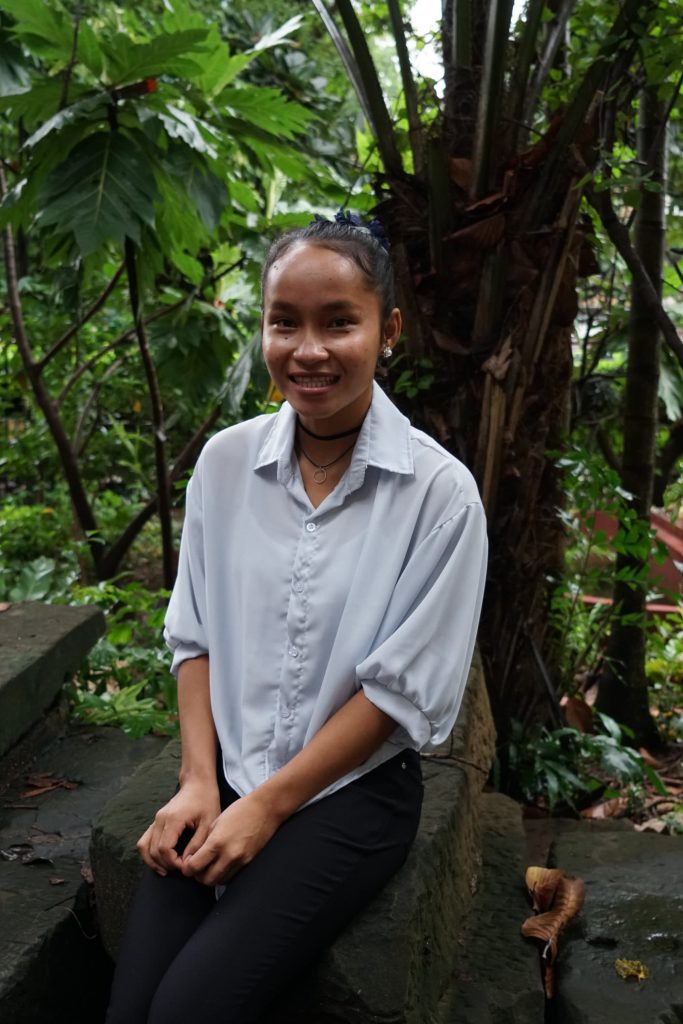Impressions of Dark: University Students’ Reflections
Amidst the Cultural Season’s exploration of identity, in this two part interview series, we feature reflections from young people shaping the boundaries of tomorrow, today.
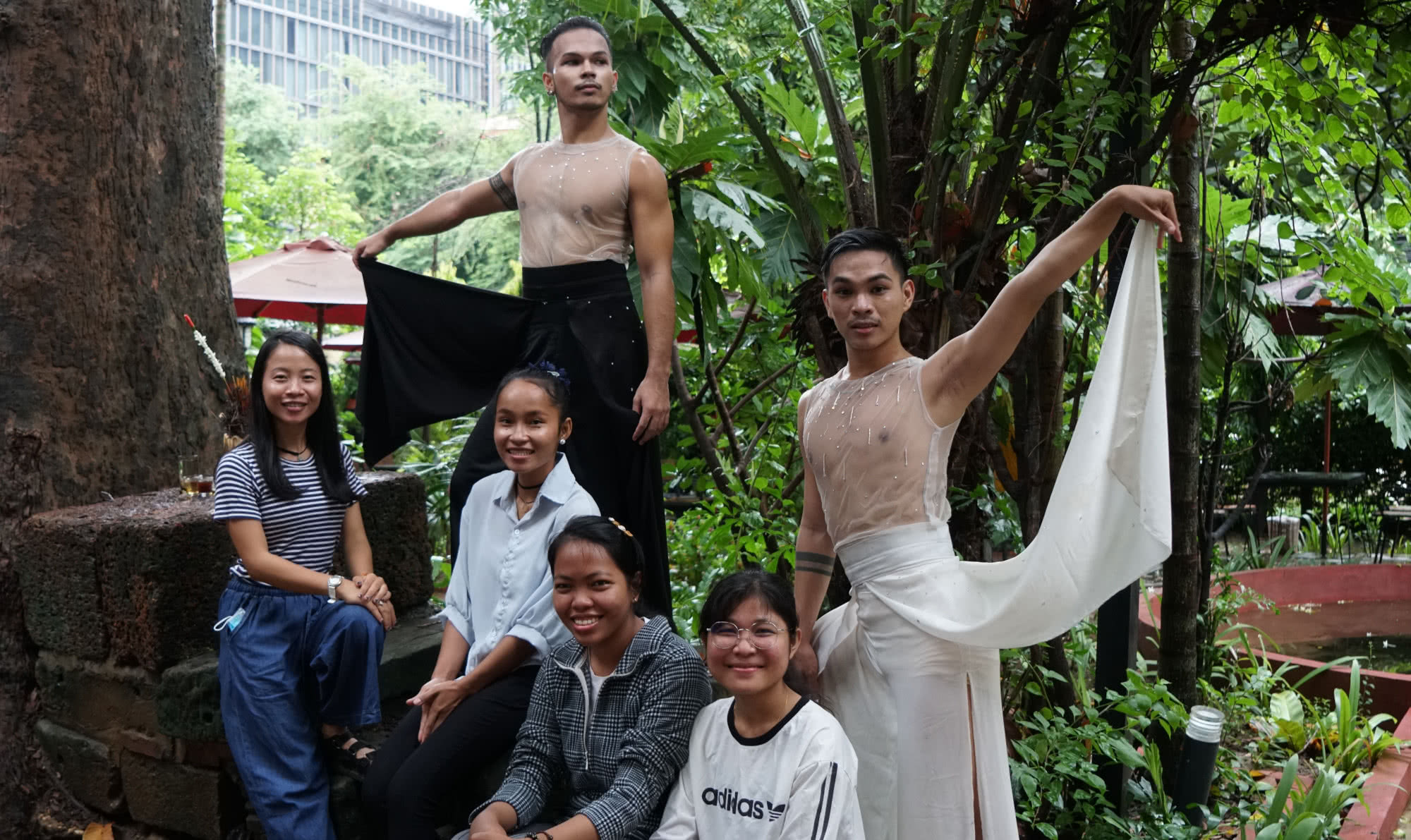
In a country where 47 percent of the population is under the age of 25 and another 41 percent was born after 1976, all eyes are on Cambodia’s young people. Whether from the UN, World Bank, or US Embassy, we hear repeatedly that the development of the Kingdom rests on the shoulders of the youth. In addition to navigating the expectations of bringing their post-conflict country to the global stage economically, they also have the expedition of pushing Cambodian arts, culture and social practices forward for the modern era. At a time when everyone seems to have their own idea on how these rising leaders choose to lead their lives, we wanted to take a moment to hear from some of them directly.
I met with CHOUNG Veasna, an emerging artist who made his choreographic debut during the 2020 Cultural Season with Dark, and four women university students – CHAN Danai, CHEA SreyMech, KEO Yary and POV Kimlang – who live at the Harpswell Foundation, an organization that lowers barriers for women from the provinces to study in Phnom Penh by providing dormitory housing and leadership training.
In Dark, a contemporary dance performance interwoven with classical Khmer kbach gestures, Veasna made no attempt to shy away from the most topical themes facing young Cambodian’s today. Dark explores the tumultuous journey of finding oneself by staying true to your dreams and following your heart despite the social pressures that pull a person off track. Given its relevance to young people’s journeys, we invited the four students to see Dark and then sat down with them to learn more about their take on the piece, its implications for them and Cambodian society.
What was your initial response to the performance? What did you think when you first saw them come on stage?
Danai: I think that it’s so creative and…It’s so hard for me to describe my feelings. I can’t really put it into words because I don’t even know my feelings. But it’s so creative.
Yary: For me, this kind of show is not my first time. So, I felt like something amazing was gonna happen when I first saw him. I could see his energy, like there’s gonna be something so cool happening on stage.
SreyMech: Since I read the brochure, I kinda knew the storyline a little bit. So, when he first came on stage, I felt the energy inside of him was so strong. It like actually gave me chills and my whole body was warming up from the first few moves. I felt like this show was gonna be great.
Kimlang: I was thinking that he, [the first performer to appear,] was a victim but why did he smile? He smiled almost 2 or 3 minutes before the society hit him and like that was my initial response to the performance. Like, I had been told he was a victim but why was he smiling?
Had all of you seen a contemporary dance performance before? Or was this a first for some of you? And how did you feel seeing a contemporary performance compared to the experience of seeing a traditional one?
Kimlang: Last year, I came here and I saw a traditional art performance, but not really a contemporary one. For me, the traditional ones have their own meanings, like certain moves. But the contemporary ones, I feel like I don’t really understand because the moves are similar with only a little bit of difference from one to another. It’s hard to identify meanings and I have to focus on their faces. I think the traditional dance is easier to understand because we grew up with it and see so many performances on TV or something so we can understand them better.
Knowing a little bit about the premise of the dance performance – you know, staying true to your own path – can you tell me what you took away from this performance and how it left you feeling?
Yary: To me I feel like it’s a very inspirational performance because it ended up with a win-win. At the end, the guy who is the victim could fight the dark even though he was – not blamed – but like experiencing judgement from friends and society but in the end, he himself, tried to fight it and kept his dream alive by just being who he is. So, it’s very inspirational. That’s what I got from the performance.
As young people, how do you feel like this message about societal pressures applies or doesn’t apply to you?
SreyMech: It actually applies to me. I feel like it’s a reflection of our daily life, in which I, myself, face daily social pressures. Like I am the oldest, I am a girl, I’m female. Those things, like those stereotypes, they put pressure on me. Until a certain point in my life, during high school, I felt like I didn’t want to go anywhere further than where I was right then. But the more I realized, and the more motivation I got from my parents, as well as my own pep-talks, it pushed me forward to see those stereotypes don’t apply to me, they don’t affect me. They don’t hamper me from achieving my goals in my life. The performance was something very relatable to my everyday life and generally.
Danai: I agree with the message, them and us are combined. We all meet problems in life and when we do, it’s like we’re in the dark. But when we try again to approach the problem together, we can escape our problems. I also think their clothes were so creative and strange.
Kimlang: The message that the performance raised about the LGBTQ+ group, just like Sreymech said, it’s not only about LGBTQ+. We are women. We also face obstacles from society. The beginning of the performance showed how when a person is growing up, they’re happy and can be themselves. But as an adult, when you show true self, there’s pressures from society, from neighbors, from anyone [to conform]. When [the character from the performance] accepted the views from society that he shouldn’t be gay — or something like that — like he couldn’t accept it because it’s not who he is. So, he has to fight with the society and keep his dream to go further. Yeah, this is the thing.
How do you feel like that message applies to you?
Kimlang: I think that if I generally apply the message, we are all people. We have dreams. If someone has negative views on us, we have to fight. We have to prove them wrong and we have to be strong inside and keep on the dream.
At times, I saw them using traditional Khmer dance gestures. What do you all think about the blending of traditional and contemporary dance?
Yary: What they were wearing didn’t look inappropriate to me. Even if they combine Khmer traditional gestures, it’s okay. But maybe you have heard, or I, myself, I’ve heard people mention that the way people try to combine modern dance with traditional, that it’s not good. But for us, for the young generation, we think a different way. We think that it’s nice. It’s cool. We still keep our traditional stuff, but we want to modernize our culture.
SreyMech: I actually think that it’s a great idea to combine the traditional gestures with modern gestures and modern clothing. We are trying to tell our story. Like in our traditional dance, our gestures mean specific things. By combining the traditional and modern, we are making a flow to our story and getting our points out there. As Bong Yary said, we, as a new generation, want to keep our tradition, but we also want to implement new things. We are not trying to destroy our tradition by adding new types of clothing or adding different types of music to our dance, but we are trying to tell our story and send a message.So yeah, I think it’s a great idea for them to have traditional dance movements as well as changing it up a little bit to make it more engaging.
How does seeing this performance influence your approach to thinking about advocating for women’s issues? Or for yourself?
SreyMech: Women usually protest as a form of showing their opinion before we take to the streets to advocate for our rights. With an increase in technology, we use social media platforms to express our anger or dissatisfaction. After seeing the show, I feel like women should show our feelings through art. We can create dance performances like the LGBTQ+ performers are doing as well as express it through other arts like drawing. We can express our opinion and it is open to interpretation. Many people prefer art over chaotic protests. Art can show more emotions. It also raises awareness nationally and internationally. Some women are introverted and maybe showing our experiences in a form of performance is the best way for us to express our internal feelings.
